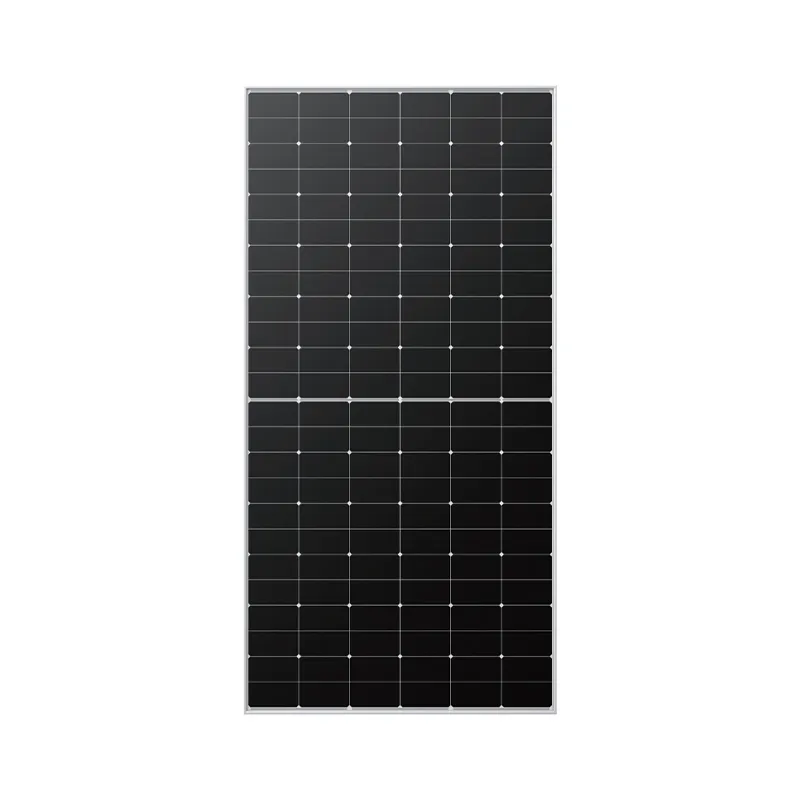roof integrated solar panels
The Rise of Roof Integrated Solar Panels A Sustainable Solution for Modern Living
As the world increasingly turns its attention to renewable energy sources, one of the most promising innovations in the solar industry is the development of roof integrated solar panels. Unlike traditional solar panels that sit on top of rooftops, roof integrated solar panels are designed to blend seamlessly with the existing roofing materials. This architectural advancement not only enhances the aesthetic appeal of buildings but also maximizes solar energy capture, making it a compelling option for homeowners and commercial property developers alike.
Aesthetic and Functional Benefits
One of the primary advantages of roof integrated solar panels is their ability to enhance the overall appearance of a building. Traditional solar panels can sometimes detract from the visual integrity of a roof. In contrast, integrated solar technology can mimic the look of conventional roofing materials, such as shingles or tiles. This integration can make a significant difference in urban environments where maintaining architectural harmony is crucial.
Furthermore, roof integrated panels serve a dual purpose they protect a building from the elements while generating clean energy. By replacing conventional roofing materials, these solar systems can reduce overall energy costs and environmental impact. It’s a win-win situation—homeowners not only gain energy independence but also increase their property value.
Energy Efficiency and Sustainability
Roof integrated solar panels are designed to maximize energy output and efficiency. Innovations in solar technology have led to the production of more efficient photovoltaic cells that can generate significant power even in low-light conditions. This aspect is particularly critical for homeowners who might not have the luxury of an unshaded roof due to trees or neighboring buildings.
roof integrated solar panels

Additionally, the integration of solar technology into roofing materials contributes to sustainability. As the world continues to grapple with climate change and increasing energy demand, shifting toward solar energy becomes essential. Integrated systems can facilitate this transition by making it easier for homeowners to adopt renewable energy solutions without significantly altering their property’s appearance.
Economic Considerations
While the initial investment in roof integrated solar panels can be higher than traditional solar systems, the long-term savings can be substantial. Many regions offer tax incentives, rebates, and other financial programs to encourage the adoption of renewable energy technologies. Over time, the reduction in utility bills and potential increases in home value can offset the initial costs, offering a compelling financial argument for potential buyers.
Moreover, as technology continues to advance, the costs associated with solar products are expected to decrease, making integrated solar systems more accessible to a wider audience. This trend is important as more homeowners seek to make environmentally responsible choices without compromising on style or functionality.
Conclusion
In conclusion, roof integrated solar panels represent an innovatively elegant solution to the growing demand for renewable energy. By combining aesthetic appeal with functionality and sustainability, these systems are poised to redefine the landscape of residential and commercial energy consumption. As technology advances and costs decrease, more homeowners will likely embrace this sustainable energy solution, contributing to a cleaner, greener future for generations to come.
-
String Solar Inverter: The High-Efficiency Solution for Smart Solar EnergyNewsJul.14,2025
-
Revolutionizing Rooftop Energy with the Power of the Micro Solar InverterNewsJul.14,2025
-
Power Independence with Smart Off Grid Solar Inverter SolutionsNewsJul.14,2025
-
On Grid Solar Inverter: Powering the Future with Smart Grid IntegrationNewsJul.14,2025
-
Monocrystalline Solar Panels: High-Efficiency Power for the Future of Clean EnergyNewsJul.14,2025
-
Bifacial Solar Panel: A Smarter Investment for Next-Generation Energy SystemsNewsJul.14,2025







